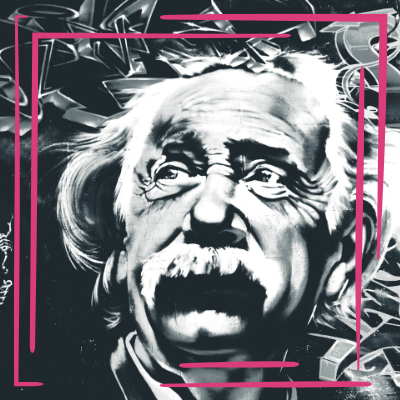
Everyone has an opinion on ADHD.
Some are surprised that adults have it too or were diagnosed late in life. Others picture someone who isn’t very bright or successful. And there are always the jokes — whenever a “normal” person makes a mistake — that maybe they have ADHD.
Not funny.
People with ADHD have brains that function differently than people without ADHD.
The terms are “neurodivergent” and “neurotypical.”
People with ADHD can connect seemingly unrelated things because that’s how their minds work. A neurotypical mind can see the relationship between A and B, but a neurodivergent one sees a connection between A, Q, and R.
That ability was probably an asset for Albert Einstein.
Because of this, people who have ADHD are often very creative. Walt Disney is a good example.
Time is an elastic concept to someone with ADHD. Sometimes ten minutes feels like an eternity, and other times, hours can go by in what seems like seconds.
Hyperfocus is a part of ADHD.
It’s not always hyperactivity, jumping from one thing to another. A neurodivergent person can get engrossed in something they are interested in, and the world seems to disappear.
Michael Jordan and Michael Phelps may know something about that kind of focus.
Not everyone’s ADHD is the same. Symptoms and their severity can vary and can be affected by many things, including hormones.
And ADHD always comes with additional conditions, such as depression or a learning disability.
Life with ADHD can be challenging, but it can also be rewarding. It’s not better or worse, just different.
This post was created with Typeshare